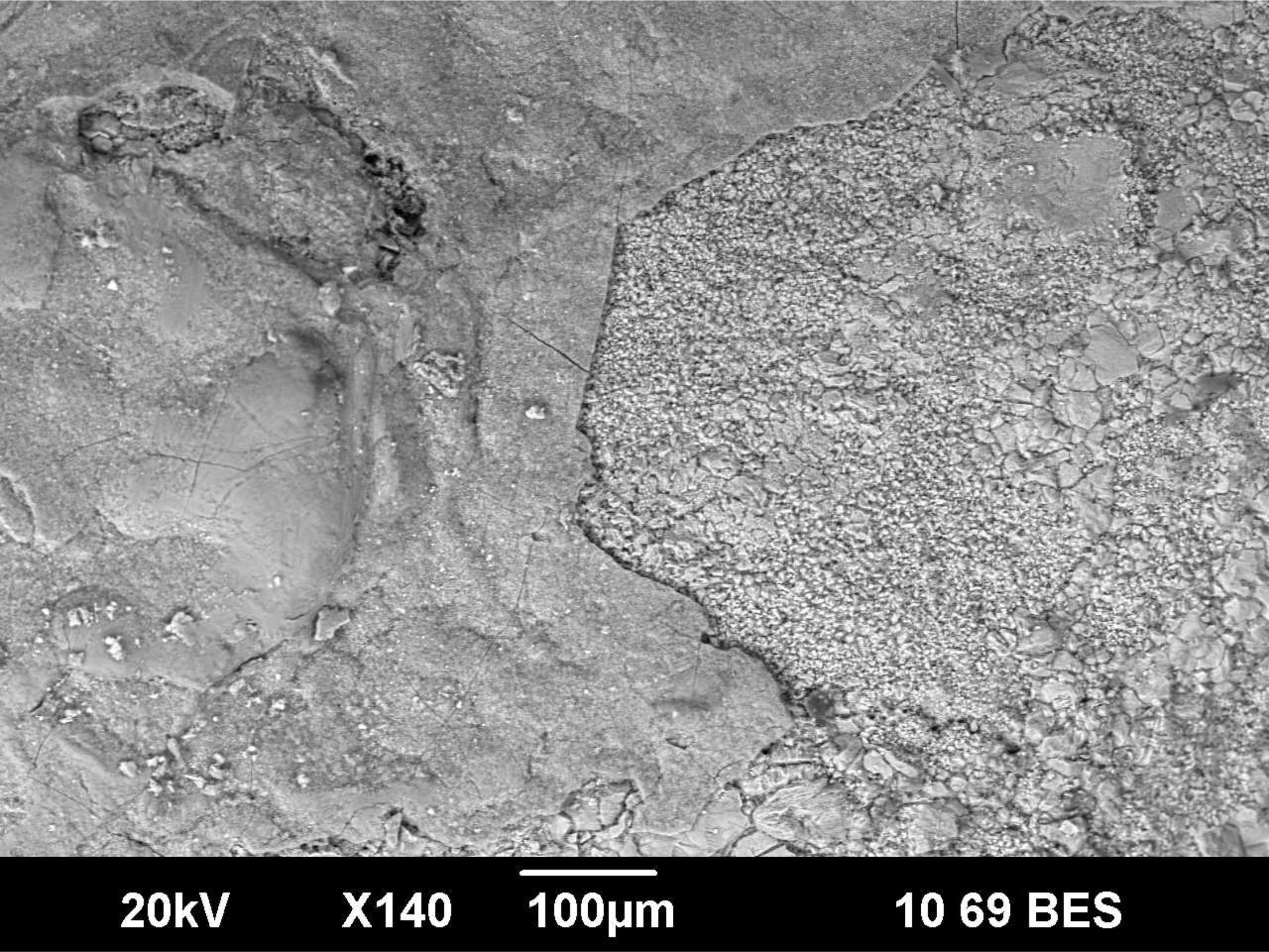Speaker
Description
Scanning electron microscopy has been extensively used for the material characterization of objects of artistic and archaeological importance, especially in combination with energy dispersive X-ray microanalysis (SEM-EDX) [1, 2], and become an indispensable tool in delineating the degradation processes of ancient as well as modern materials in art and archaeology [1].
Rock art is found on every continent and comprises one of the most abundant and informative of archaeological artefacts [3]. In general, paintings are made by mixing dry pigments with a liquid binder either of animal or plant origin [1, 3]. After drying the paint layer, a new layer can be applied [1]. Three main problems arising when studying the composition of ancient paintings are the determination of the paint production technology and raw material sources, as well as the way of how the paint is applied [2].
Present study is devoted to the elemental and mineral composition of pigments from the cave paintings of the Ignatievskaya cave [4] and pictographs of the Idrisovskaya cave [5] (Southern Urals, Russia) using SEM-EDS. SEM images and elemental mapping of carbon sputtered samples were performed using JEOL JSM-6390LV with INCA Energy 450 EDS spectrometer with accelerating voltage of 20 kV at the IGG UB RAS.
It has been shown that the main inorganic components of the pigments are goethite and hematite-containing ochres and carbon, most likely derived from burnt bone; organic binder is likely of animal origin. The technology of dye manufacture could include the stage of thorough grinding of inorganic raw materials with a binder, and the application of paint could occur in layers.
For the images of open-air pictographs, the presence of calcium oxalates, formed as a result of the interaction of organic components with rock matter, is characteristic, which can perform a stabilizing function and protect pigments from weathering and reliably fix the dye to the substrate as it was pointed out by [6].

Fig. 1. BSE image of red pigment from the Idrisovskaya cave. Fine-grained calcite crystals of the wall and paint layers.
The work was carried out at the UB RAS “Geoanalytic” Center for Collective Use within IGG UB RAS state assignment № АААА-А18-118053090045-8.
References:
1. M. Schreiner, M. Melcher, K. Uhlir, Anal Bioanal Chem. 387(3), 737 (2007).
2. A.S. Pakhunov, E.G. Devlet, I.A Karateev et al., Crystallography Reports 63(6), 1027 (2018).
3. R. Reese, M. Hyman, M. Rowe et al., Journal of Archeological Science 23, 269 (1996).
4. V.T. Petrin, Paleoliticheskoe svyatilishche v Ignatievskoi peshchere na Yuzhnom Urale. Novosibirsk: Nauka, 207 p. (in Russian) (1992).
5. V.N. Shirokov, Uralskie pisanitsy. Yuzhny Ural. Ekaterinburg: AMB, 128 p. (in Russian) (2009).
6. J. Russ, W.D. Kaluarachchi, L. Drummond et al., Studies in Conservation 44(2), 91 (1999).